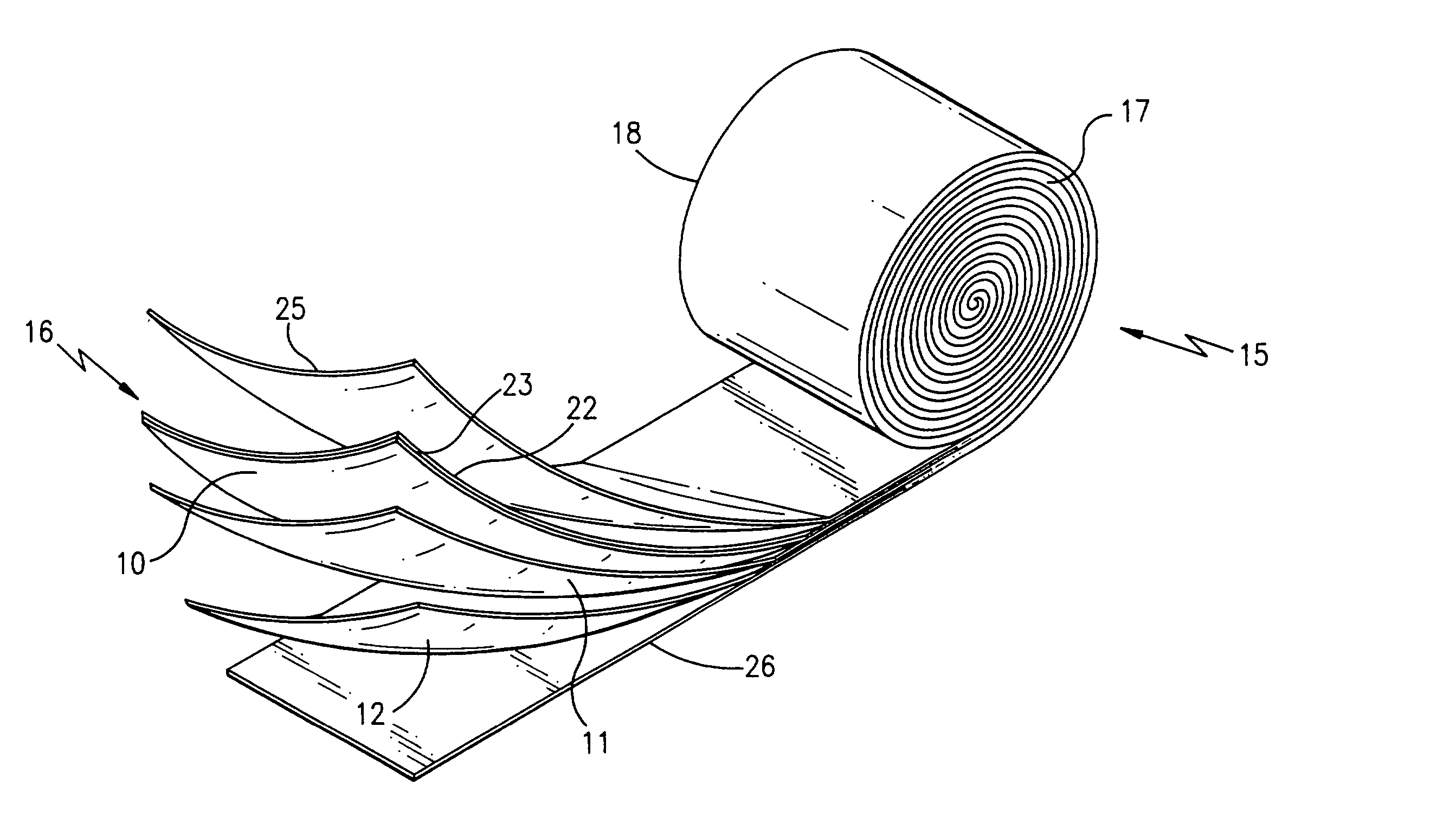Ionically conductive polymer electrolytes
a polymer electrolyte, conductive technology, applied in the direction of non-aqueous electrolyte cells, non-metal conductors, sustainable manufacturing/processing, etc., can solve the problems of exploding and igniting of cells that are abused under crush test or high temperature test, and achieve high flexibility of electrodes, flexible and somewhat dry, and low cost
- Summary
- Abstract
- Description
- Claims
- Application Information
AI Technical Summary
Benefits of technology
Problems solved by technology
Method used
Image
Examples
Embodiment Construction
[0049] According to a first aspect of the present invention, a range of base polymer compositions is provided for the membrane of the electrochemical cell with improved chemical stability in lithium ion battery solvents and improved chemical stability as a function of temperature. Polymer materials with high breakdown voltages or strengths and low dissipation factors, such as those employed in film capacitors, have been found to be chemically more stable than other materials with liquid organic solvents.
[0050] PVDF has lower electrical stability and breakdown voltage than many capacitor-grade polymer materials, including PET, PP, PEN, PC, PPS, and PTFE. This is true even when PVDF is combined with hexafluoropropylene (HFP), and despite its good solvent retention properties, making it unstable to an extent in lithium ion battery electrolytes.
[0051] Polar polymer PVDF currently used in lithium ion gelled electrolyte batteries is a partially crystalline linear polymer with a carbon bac...
PUM
| Property | Measurement | Unit |
|---|---|---|
| thickness | aaaaa | aaaaa |
| thickness | aaaaa | aaaaa |
| specific surface area | aaaaa | aaaaa |
Abstract
Description
Claims
Application Information
 Login to View More
Login to View More - R&D
- Intellectual Property
- Life Sciences
- Materials
- Tech Scout
- Unparalleled Data Quality
- Higher Quality Content
- 60% Fewer Hallucinations
Browse by: Latest US Patents, China's latest patents, Technical Efficacy Thesaurus, Application Domain, Technology Topic, Popular Technical Reports.
© 2025 PatSnap. All rights reserved.Legal|Privacy policy|Modern Slavery Act Transparency Statement|Sitemap|About US| Contact US: help@patsnap.com



